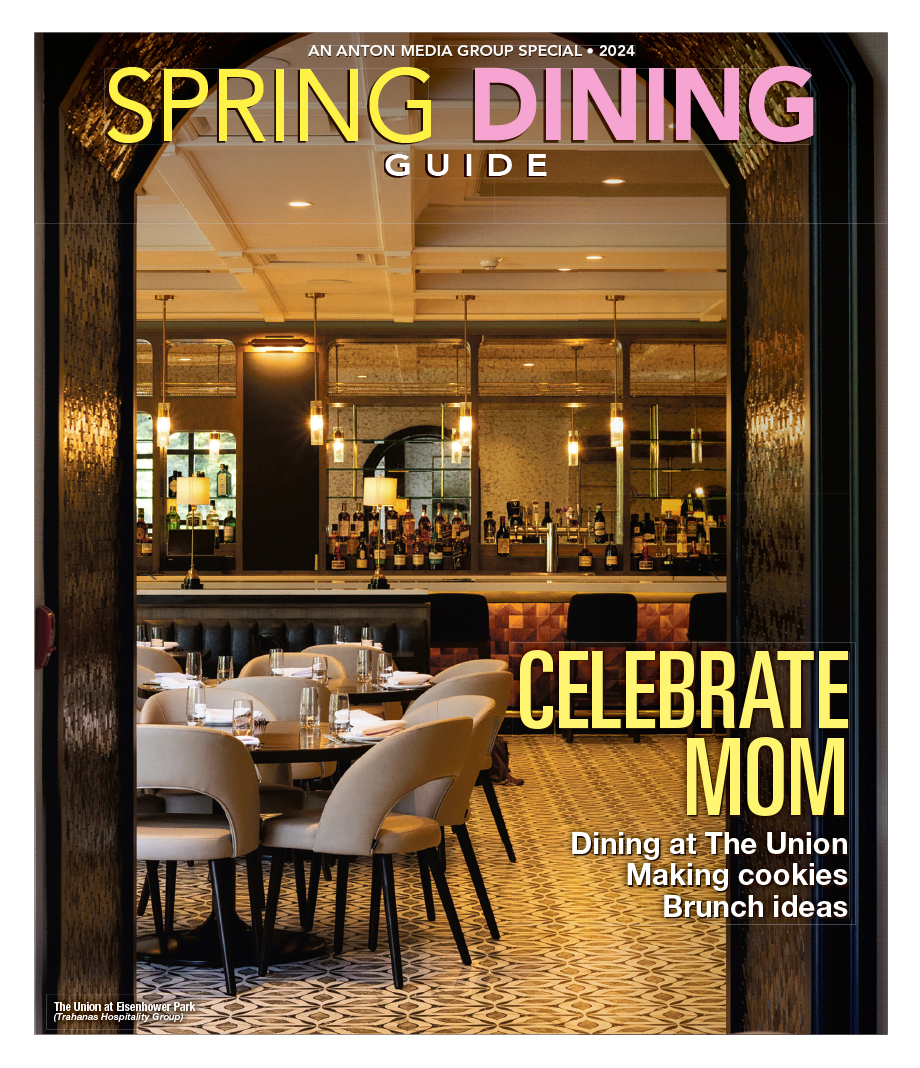Cold Spring Harbor museum explores democracy with a “small d”
By Amanda Olsen
“Voices and Votes: Democracy in America” presented by the Smithsonian’s Museum on Main Street, in cooperation with the Museum Association of New York (MANY), examines the nearly 250-year-old American experiment of a government “of, by and for the people,” and how each generation since continues to question how to form “a more perfect union.” Opening at the Preservation Long Island Exhibition Gallery in Cold Spring Harbor, New York on March 22, 2024, “Voices and Votes” will be on view through May 3, 2024.
Preservation Long Island, a regional not-for-profit organization headquartered in Cold Spring Harbor that maintains and interprets historic sites and collections pertaining to Long Island’s history, has been chosen by MANY to be the first venue in New York State to host the “Voices and Votes: Democracy in America” exhibition. This initiative is all part of the Museum on Main Street program—a partnership to bring exhibitions to small town and rural cultural organizations across America. The exhibition will tour twelve communities across New York from March 22, 2024 through January 2026.
“Preservation Long Island is excited to serve as the inaugural site for “Voices and Votes: Democracy in America,” said Alexandra Wolfe, Preservation Long Island Executive Director. “The exhibition’s focus on freedom, civic participation, and political engagement resonates strongly with our commitment to making the past relevant to the present.”
“Voices and Votes” explores what democracy demands as Americans continue to question how to shape American values. Wolfe explained that the exhibit is meant to both provoke a response and engage the public in an ongoing discussion of what democracy means and what role each individual plays in it. “What is this idea of democracy, a place that is run for and by and of the people? What is the mechanism that makes that work? It’s not always easy because you have to adapt and think about everybody’s interests. How do you synthesize all of that and make a community work? And then through a community working, how do you make the next level municipality work, how do you make a state work and how do you make a federal government work? It starts at the low level and works its way up.”
The exhibition will include art and artifacts drawn from Preservation Long Island and other local collections. Among the local highlights in the exhibition is an original essay by Jupiter Hammon (1711–ca. 1806), America’s first published African American poet, written while he was enslaved at Joseph Lloyd Manor in Lloyd Harbor shortly after the American Revolution, advocating for the citizenship of Black New Yorkers in the new nation. “One of our historic houses is directly connected to this individual, an enslaved person who is writing about these ideas of freedom while during the Revolutionary War. It’s this nexus of so many different things. He’s really thinking about it as someone who is very old, who is experiencing not just the big ideas, but their implementation. He actually hesitates to say that he would consider being emancipated himself, but he hoped for it for the future,” Wolfe said of the essay.
Other items include a bracelet and ring made from scrap sheet metal by women aircraft factory workers on Long Island as the United States fought to preserve democracy abroad during World War II, and the drawings and models for the national monument to African American civil rights leader and women’s rights activist, Mary MacLeod Bethune (1875–1855), created by Long Island artist Robert Berks (1922–2011) in 1974.
The series of local exhibition-related programming and free events include a community quilt project. Wolfe sees the quilt as a fantastic metaphor for democracy, where people of different backgrounds assemble small pieces into larger ones, which then becomes an object that can provide a service. “We’re featuring a quilt that was assembled by the Dutch Reformed Church in Manhasset during the Civil War. It’s called an 1860s piece quilt. The core of democracy is that you have to build community; you have to sort out your differences. If the governance is by consensus, you have to kind of create a community. People gather and they put together a quilt. You are creating a thing out of individual parts. And the thing about the 1860s quilt is that people signed their names on it. They gave their own identity to a little square of decorated fabric, that then got assembled into a larger fabric, that then covers a bed which is something that provides safety and security. We thought that a good way to relate an 1860s quilt is to do another quilt. The new one is based on the same design. It’s a whole different community that has come together around an idea.” Both quilts will be on display in the exhibit.
Designed for small-town museums, libraries, and cultural organizations, “Voices and Votes” will serve as a community meeting place for conversations about democracy, the freedoms, and responsibilities of citizens, participating in government, and more. “The Museum Association is helping small museums grow into better museums,” Wolfe said. “This exhibit looks back into history and explores all the ways that issues have been addressed, argued, resolved, and how it has evolved as well. So it’s interesting and compelling in the sense that this is a history of something that is never going to be finished.”










